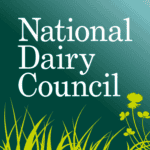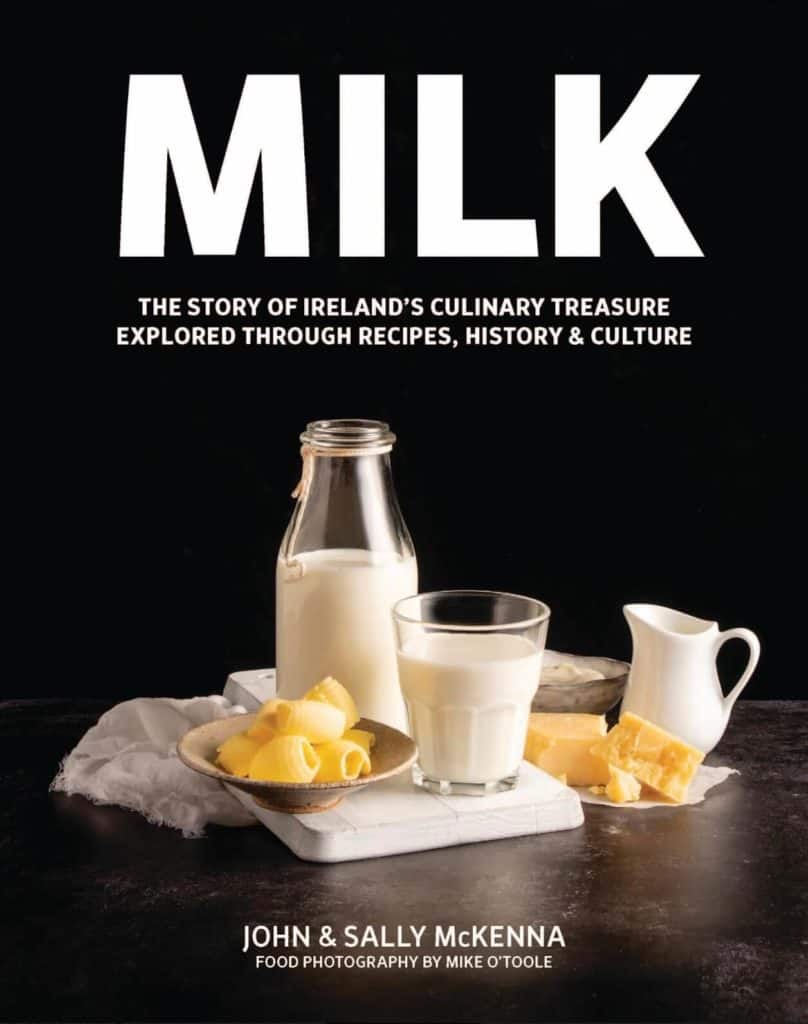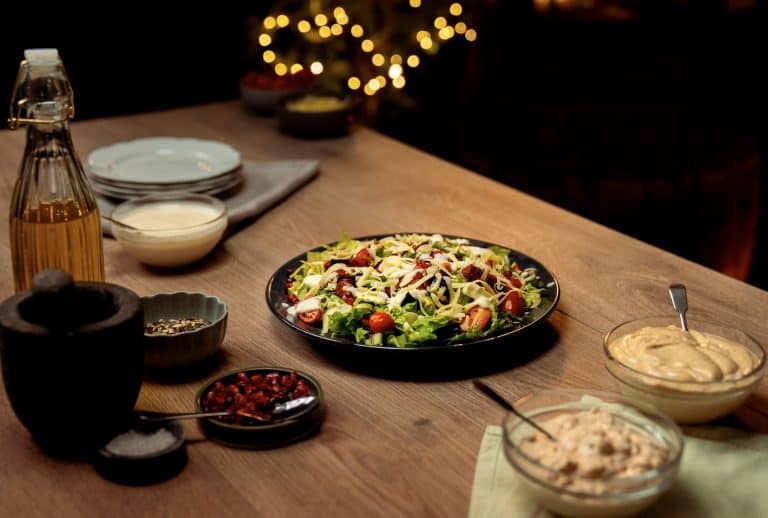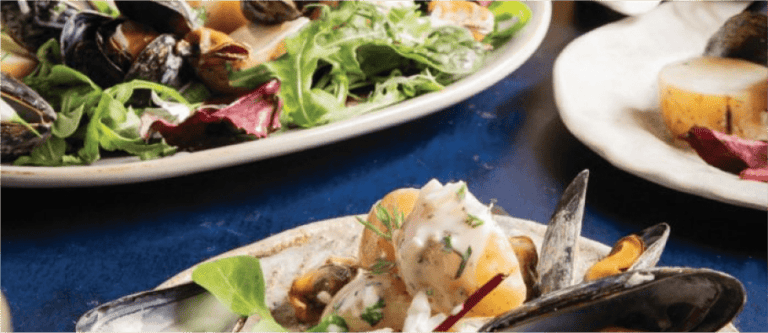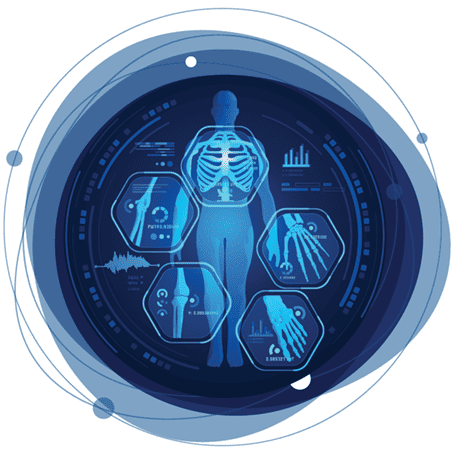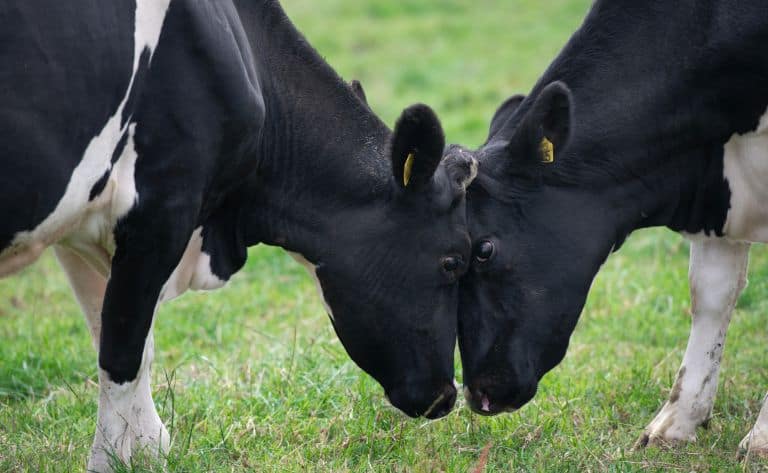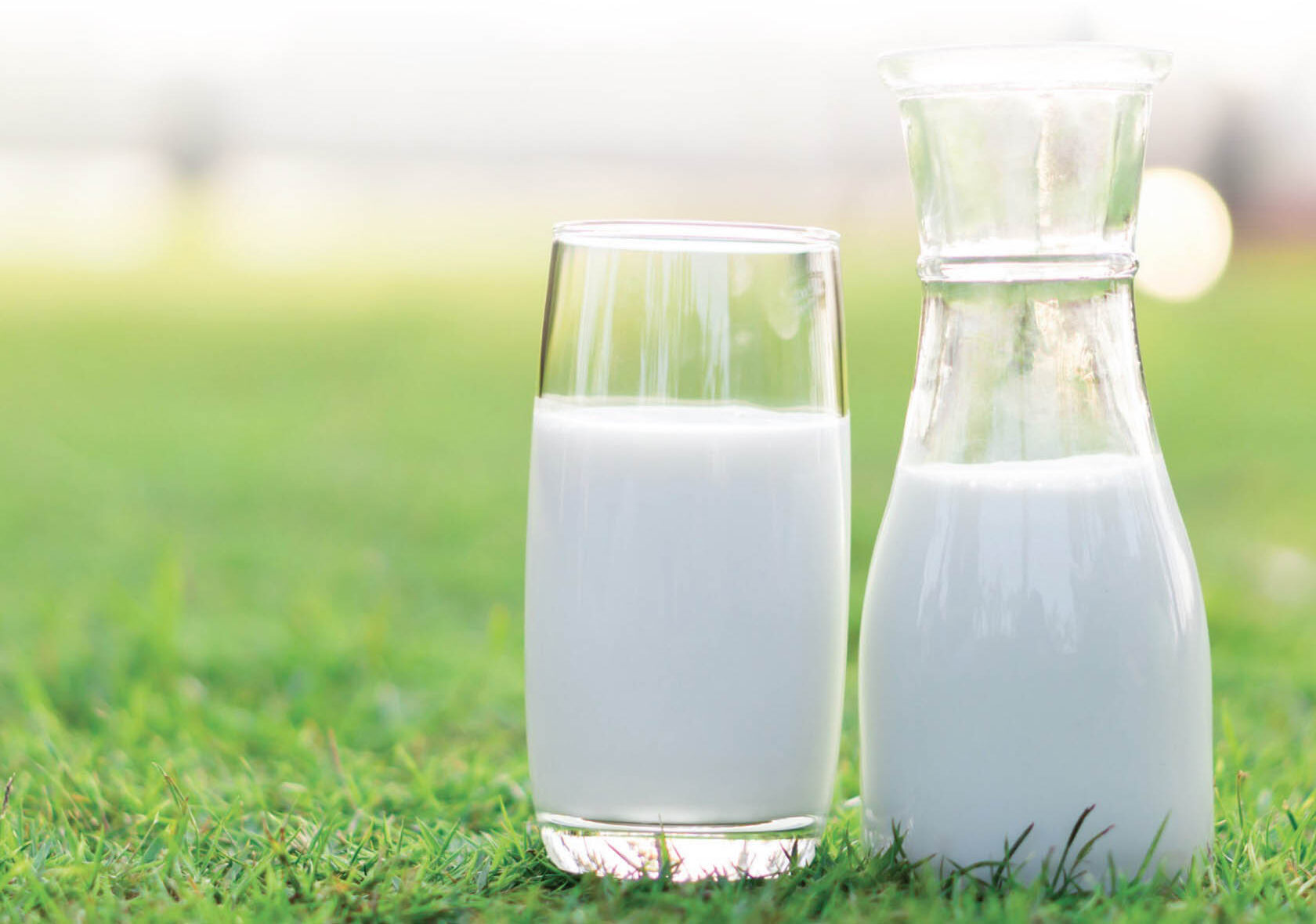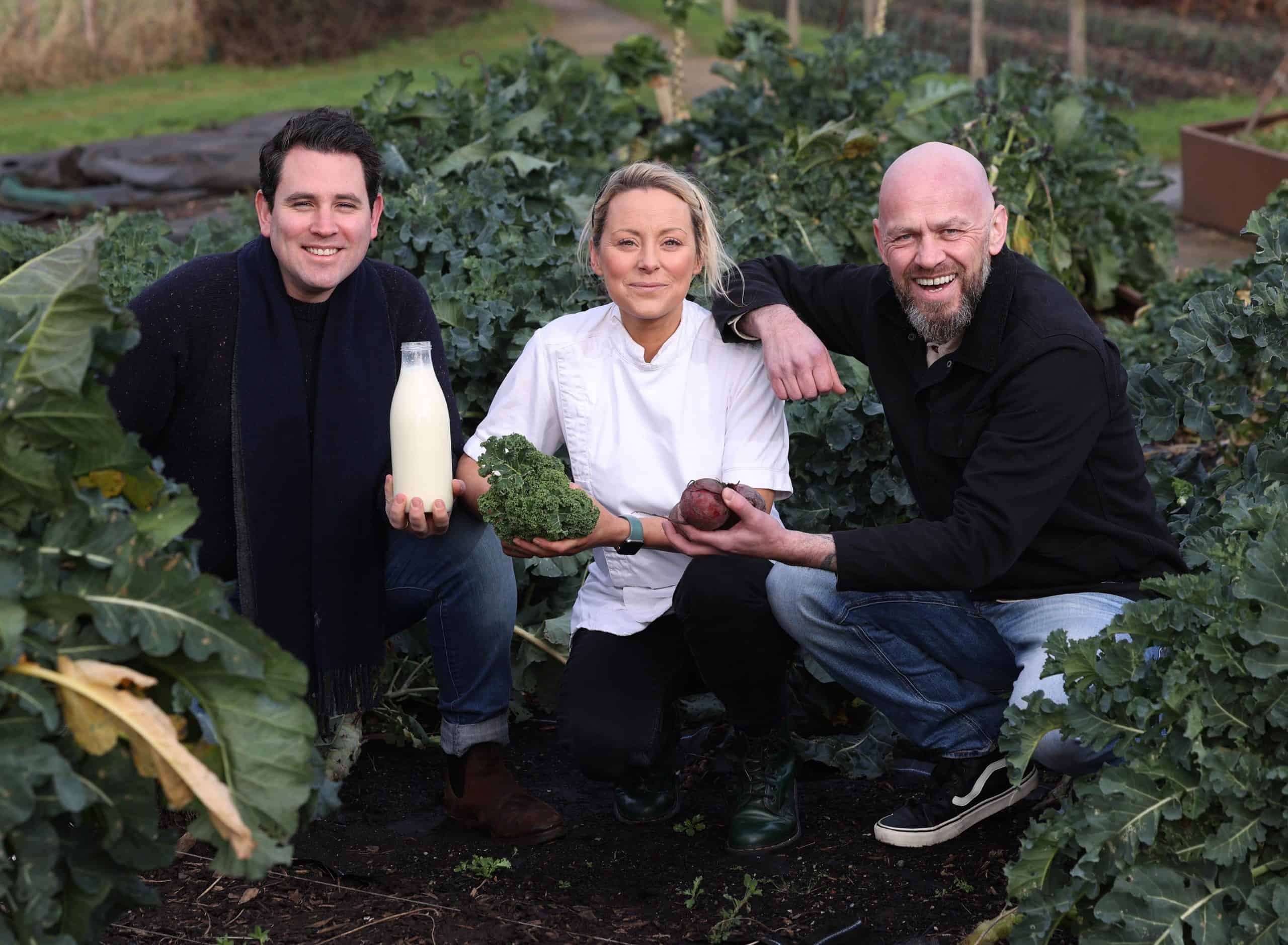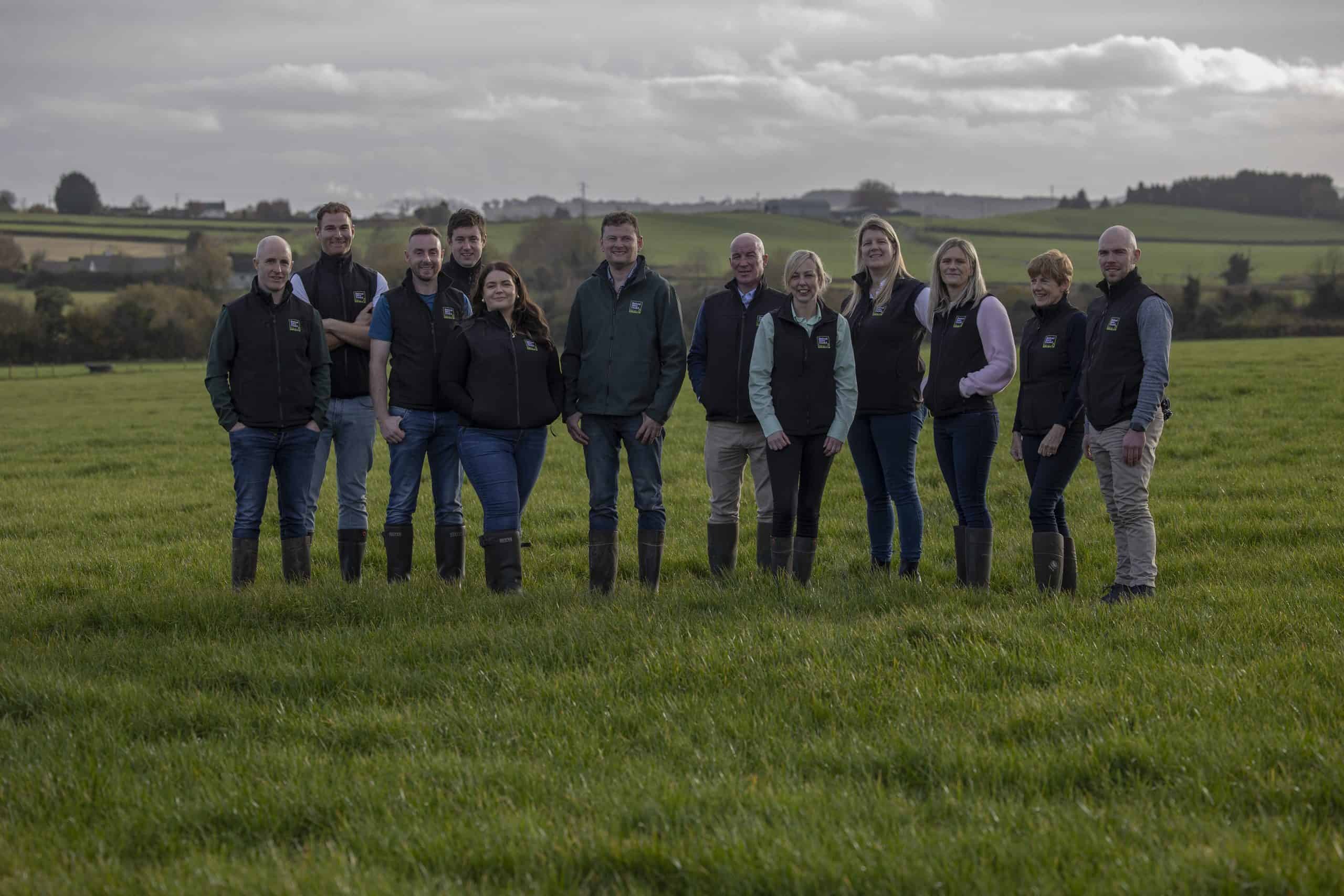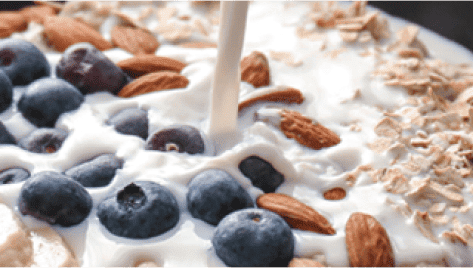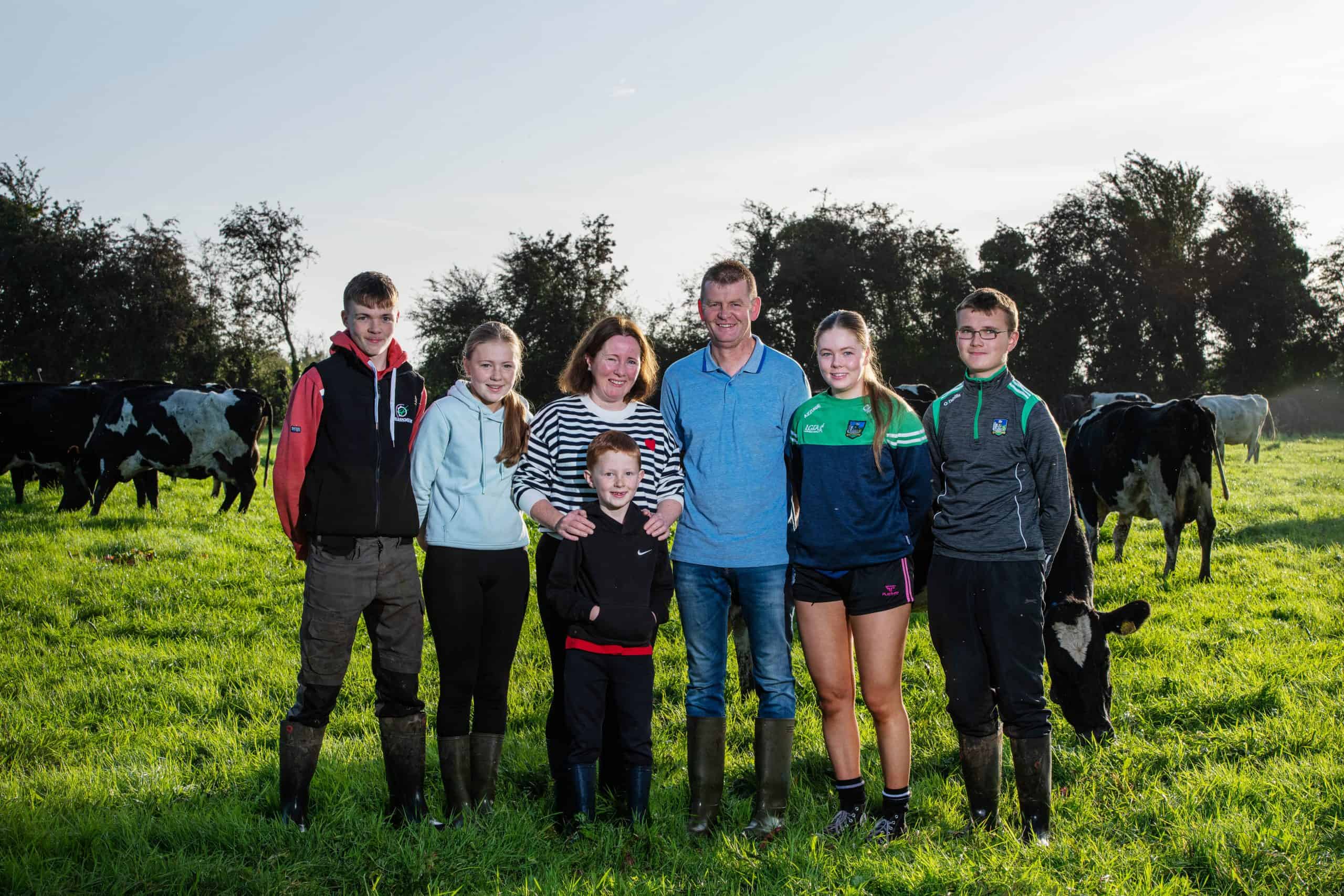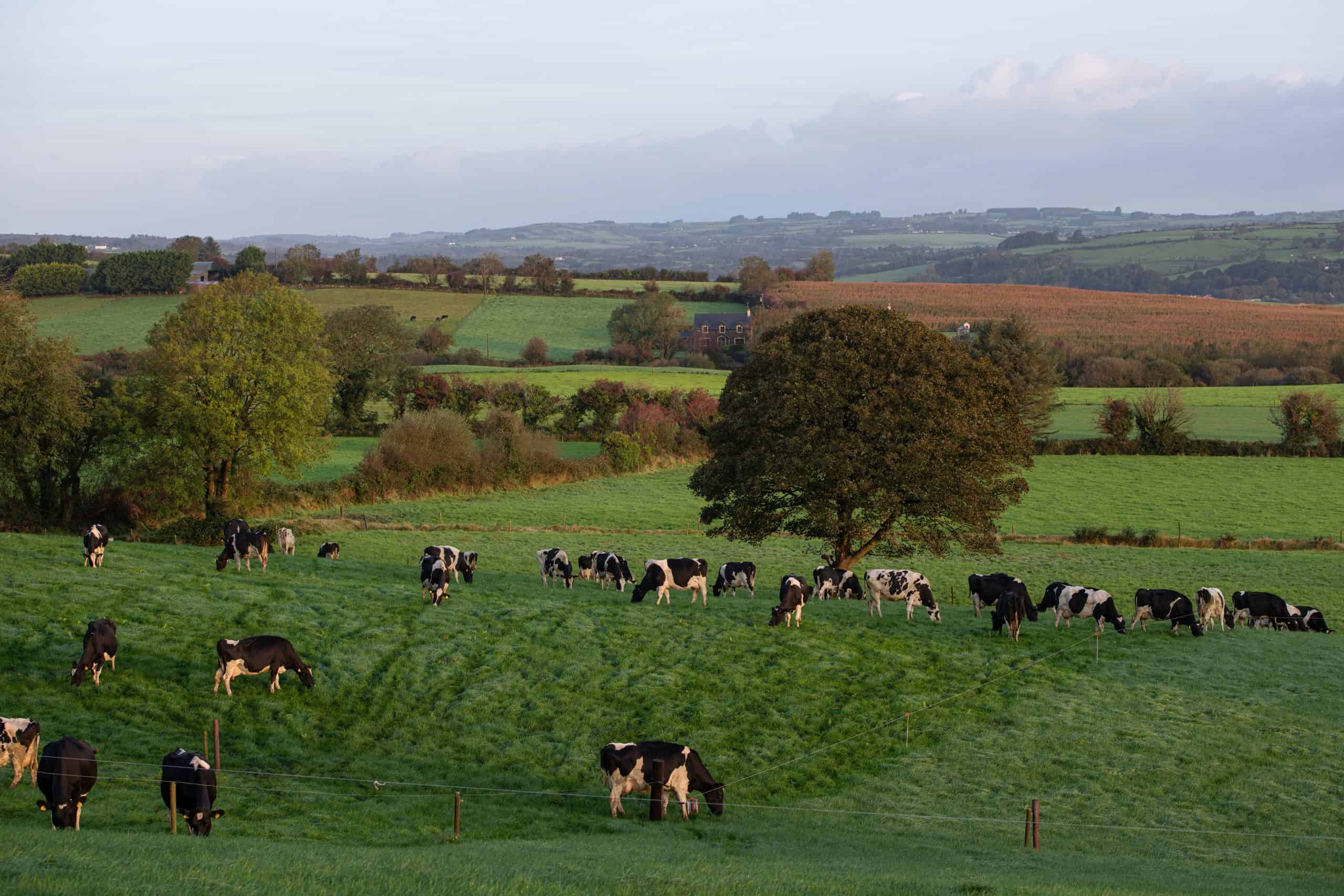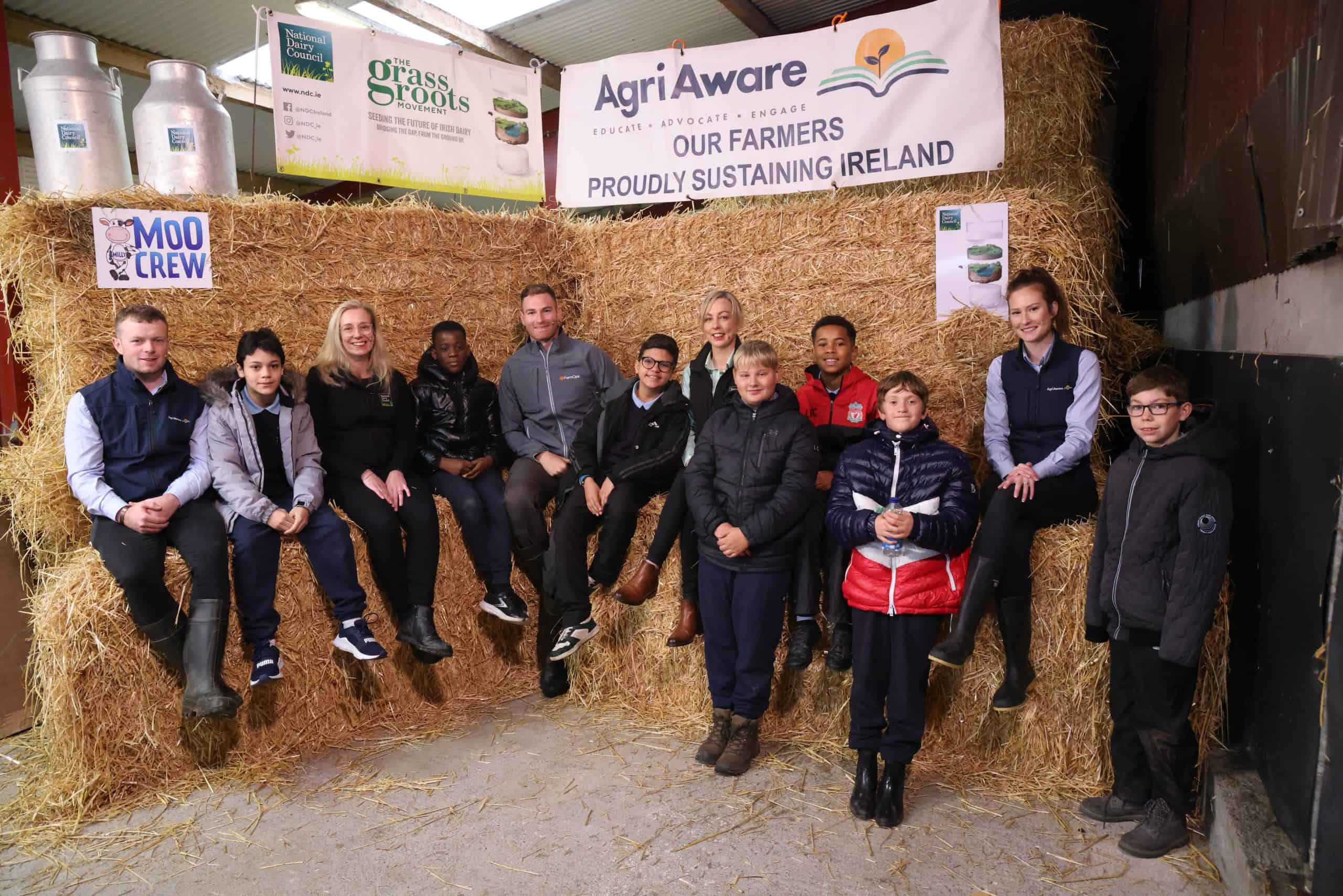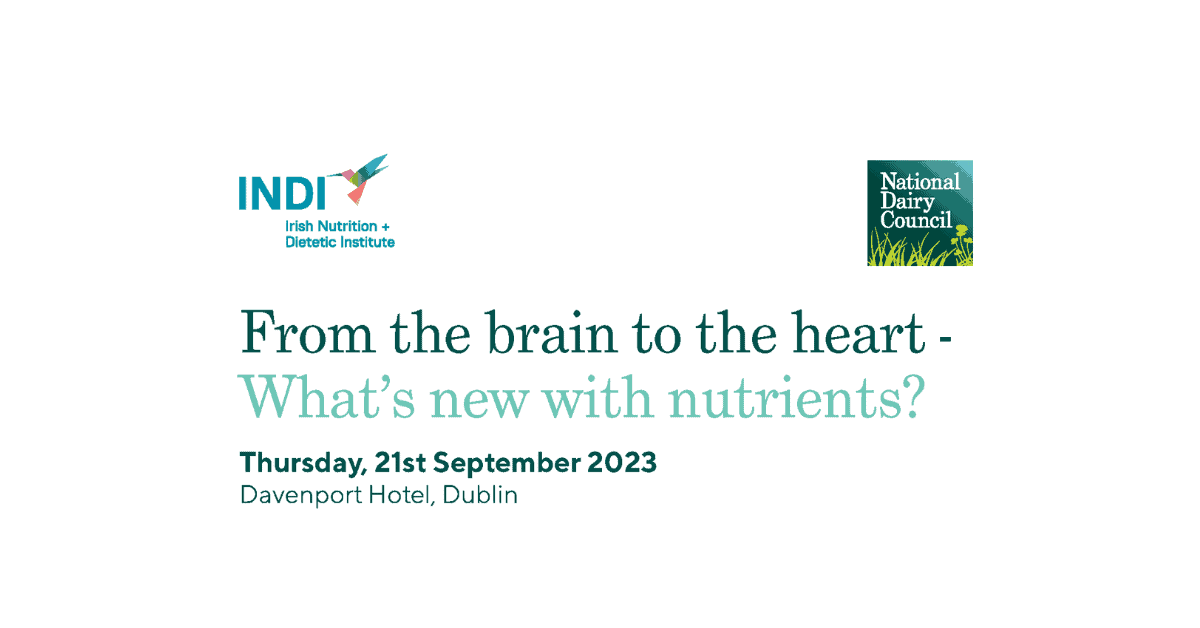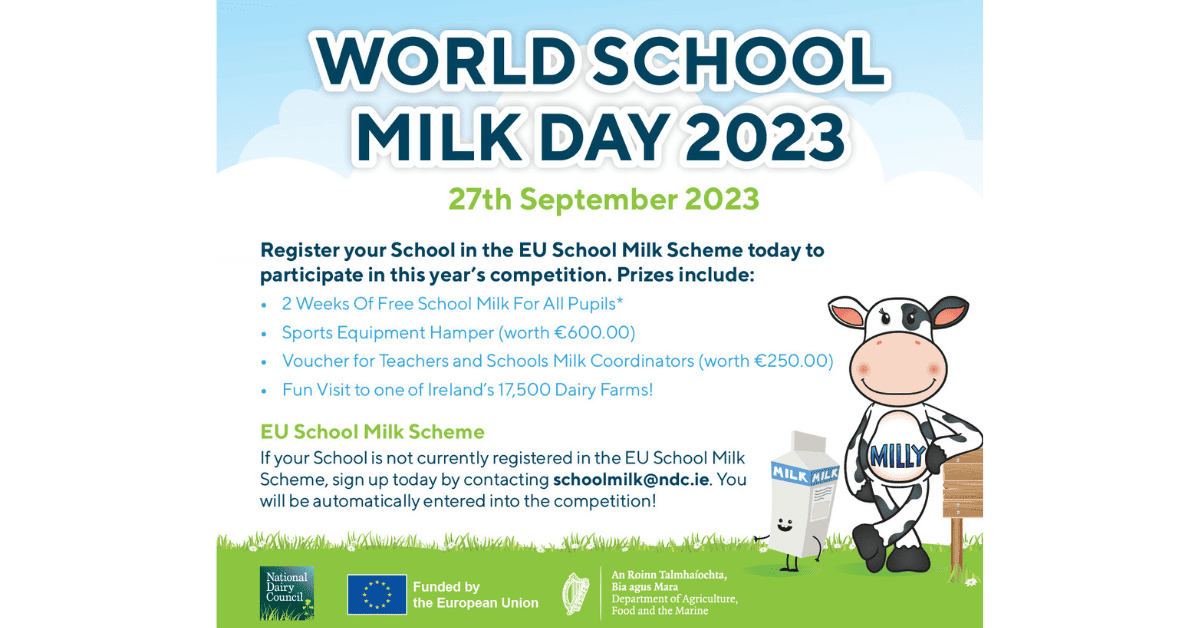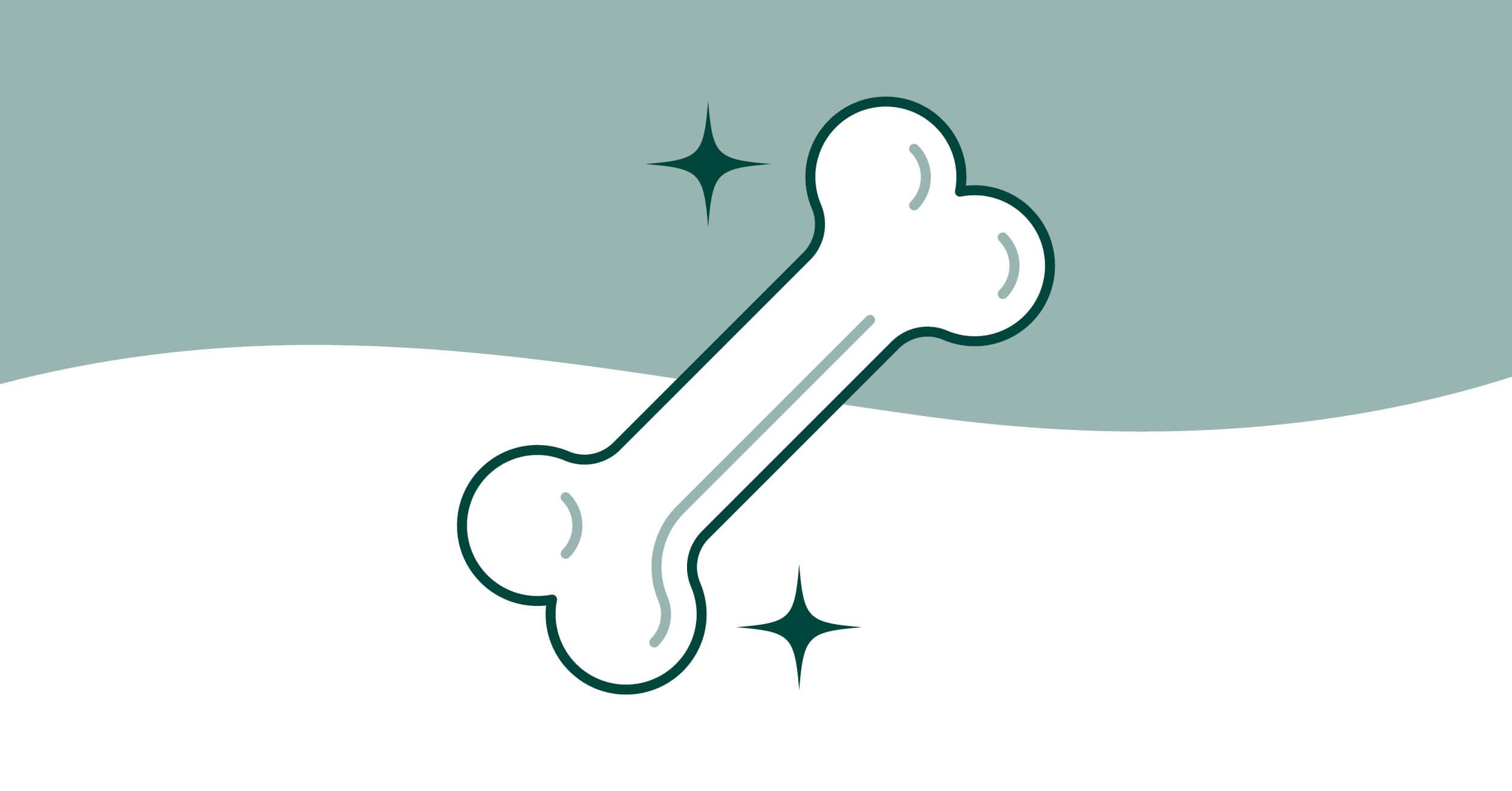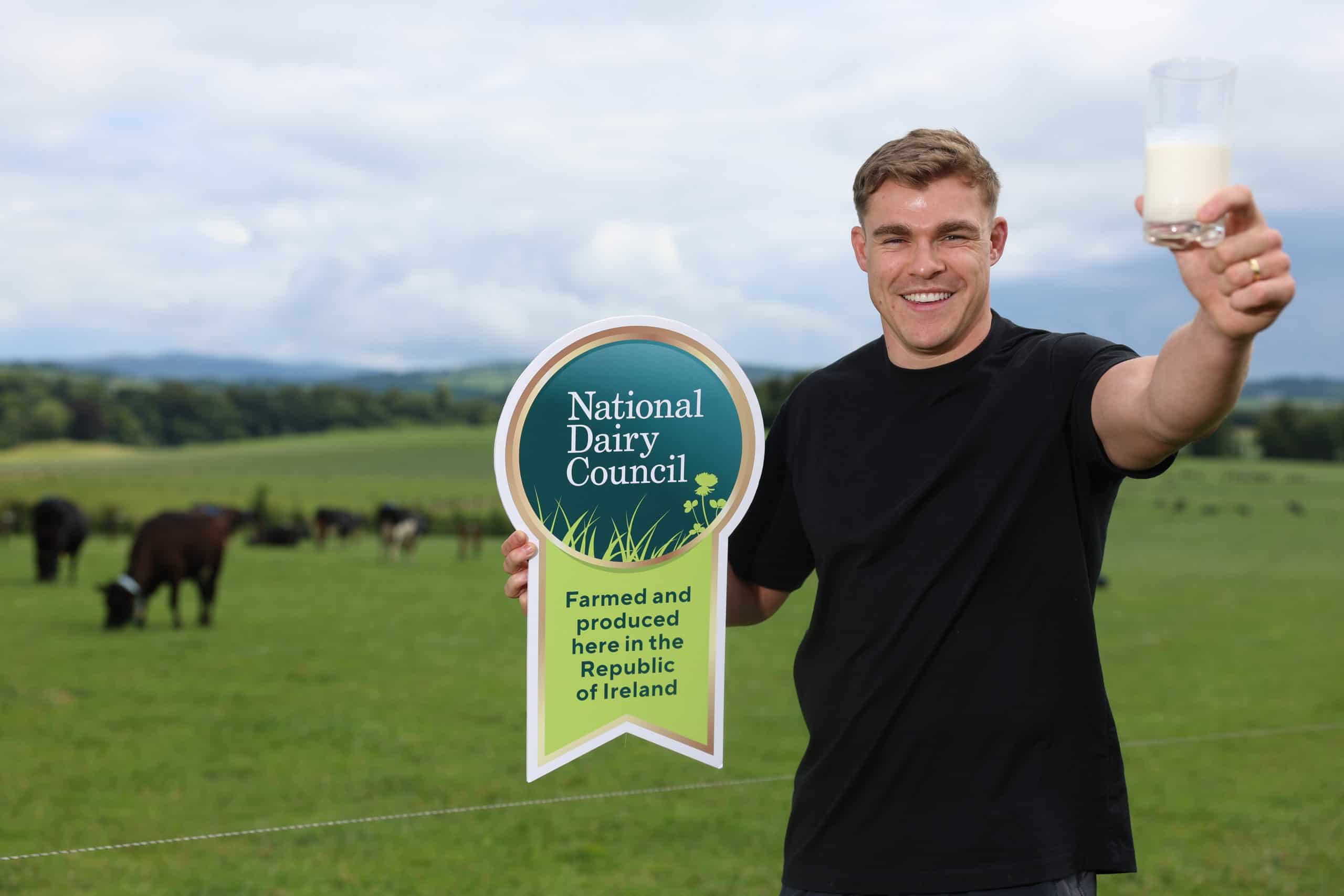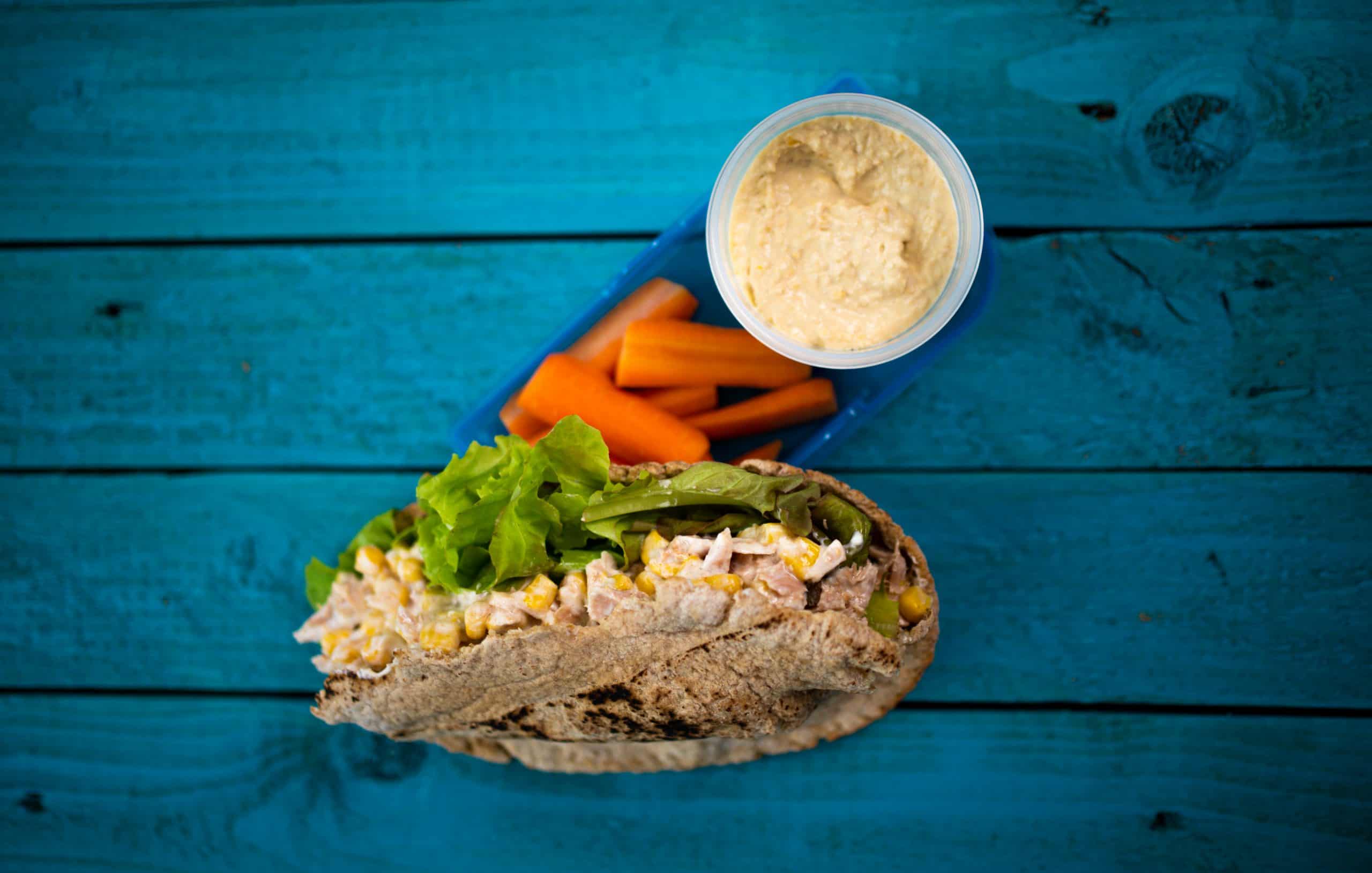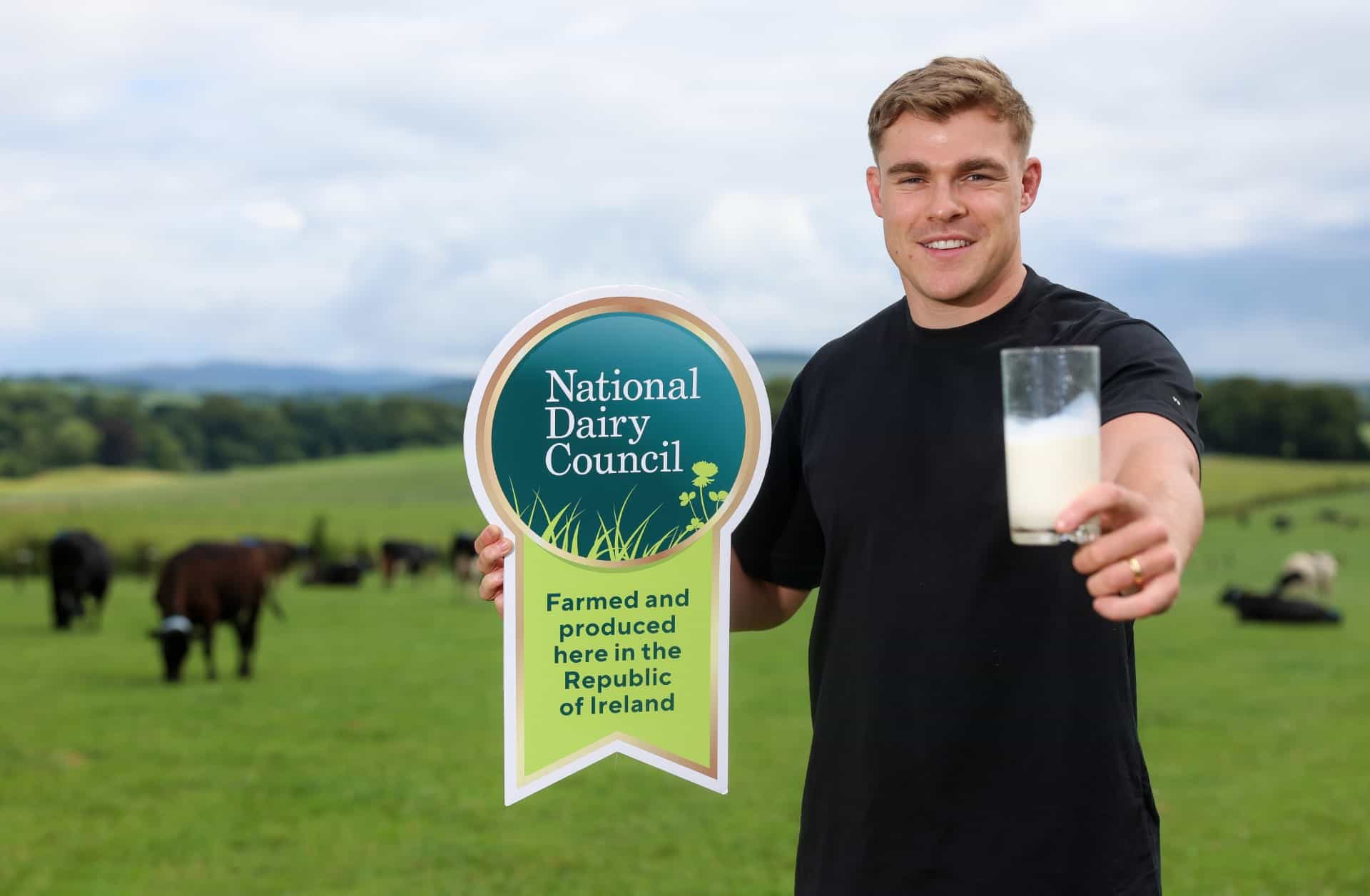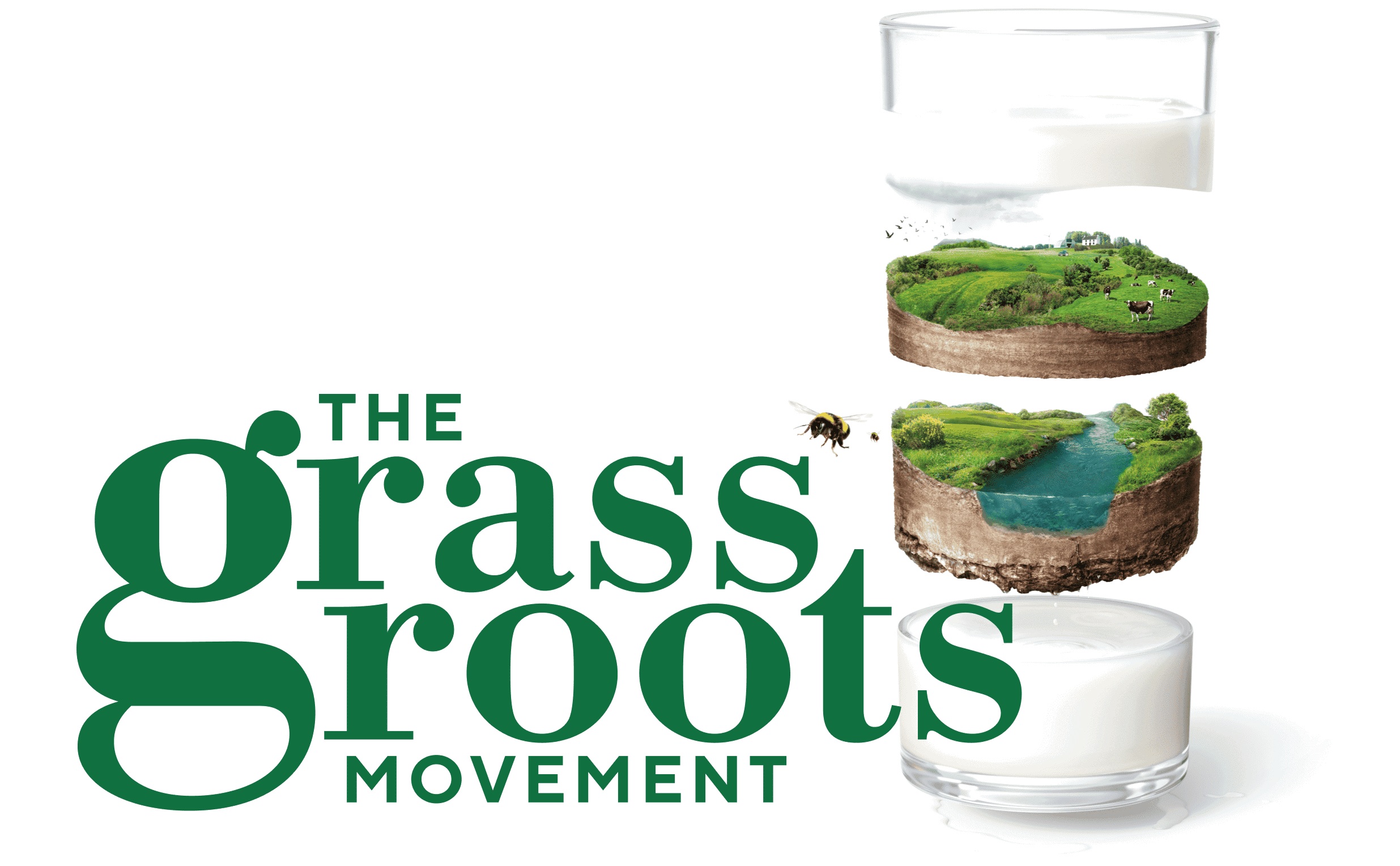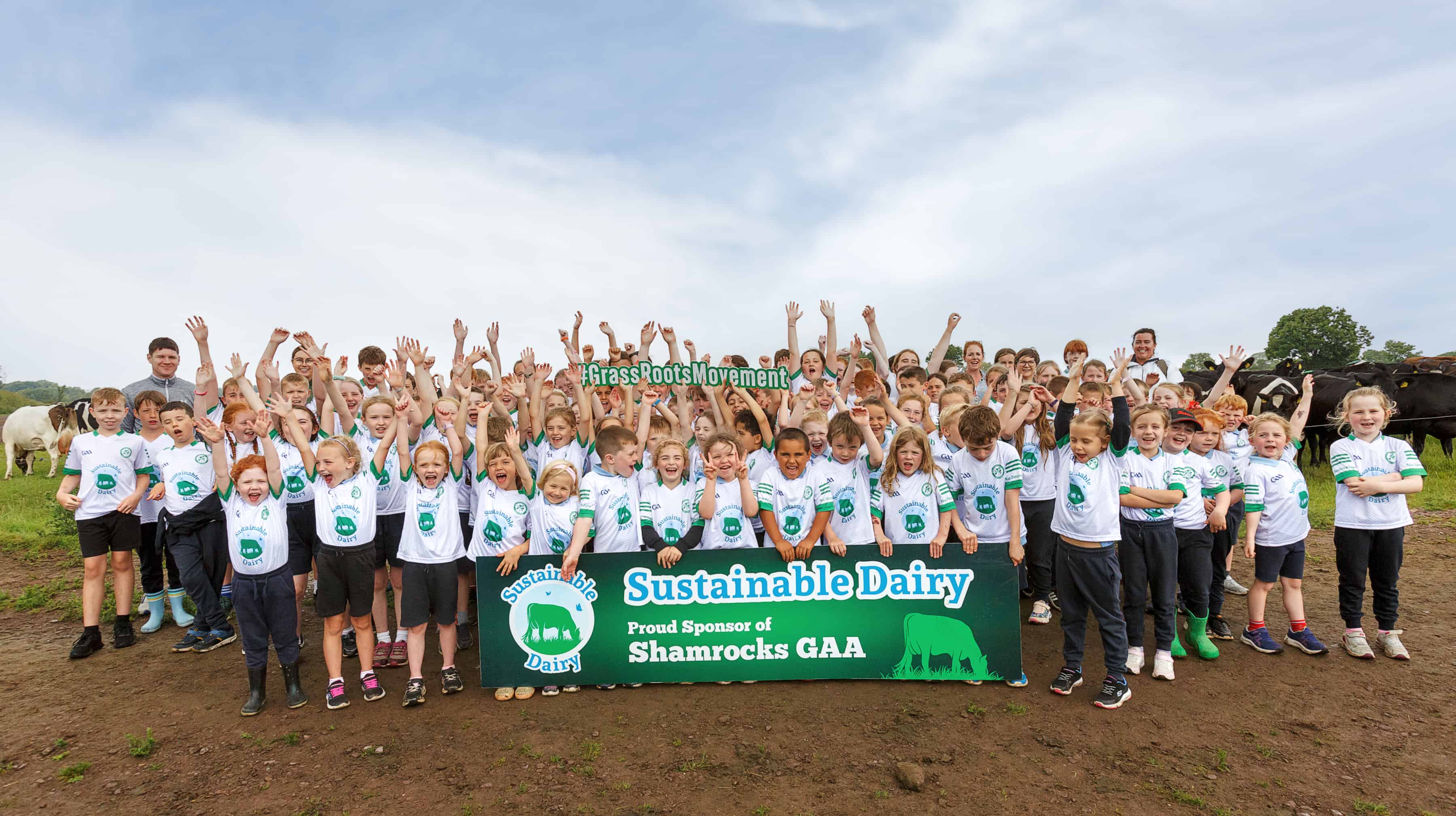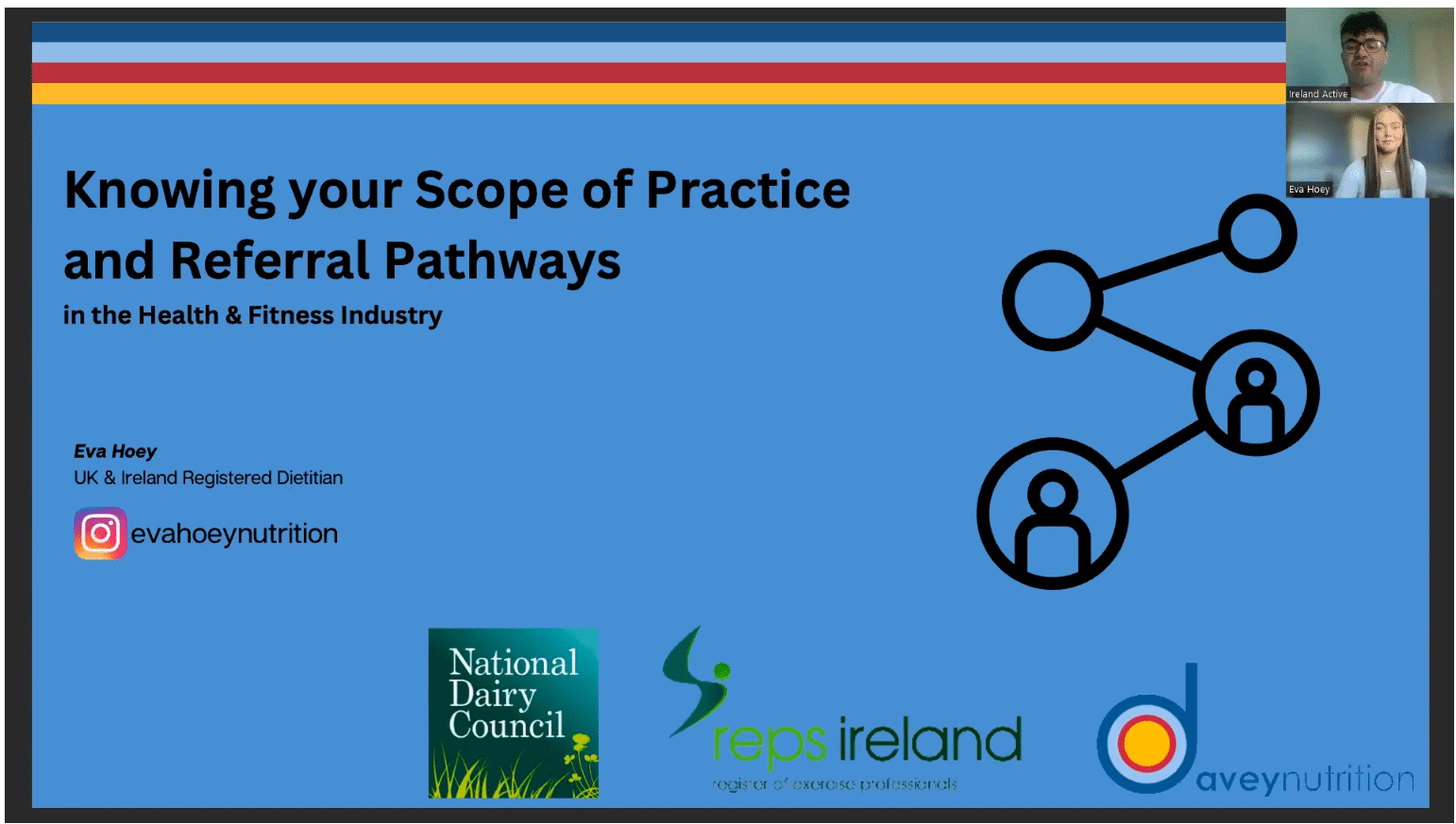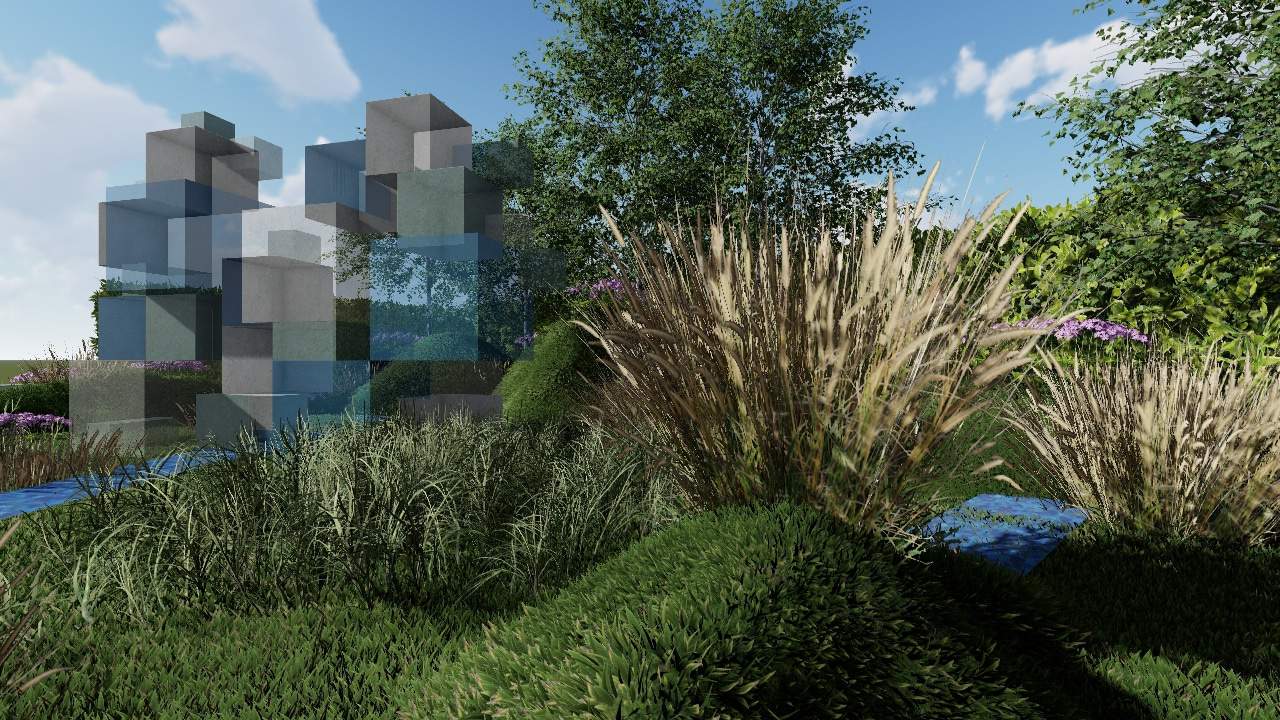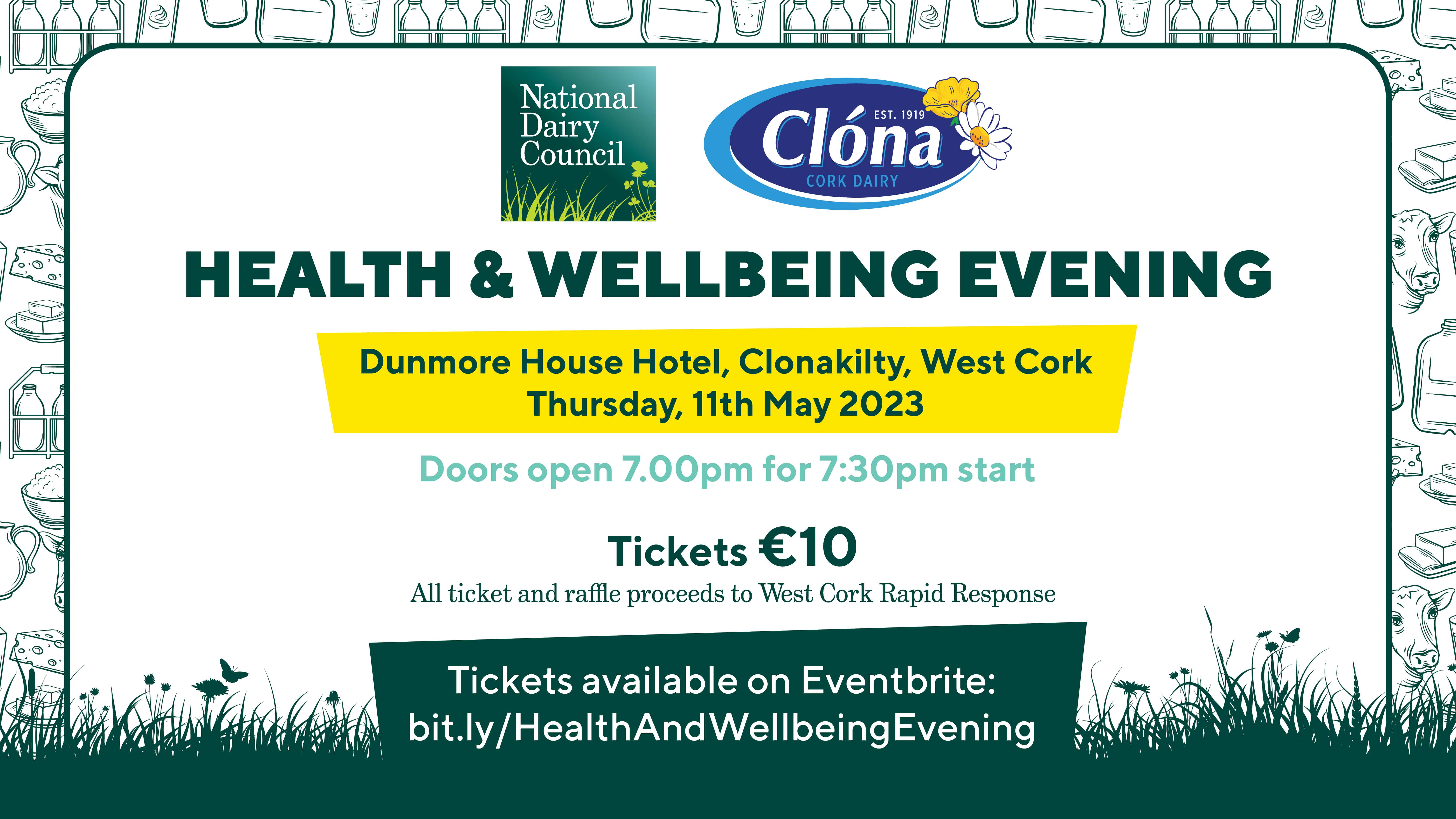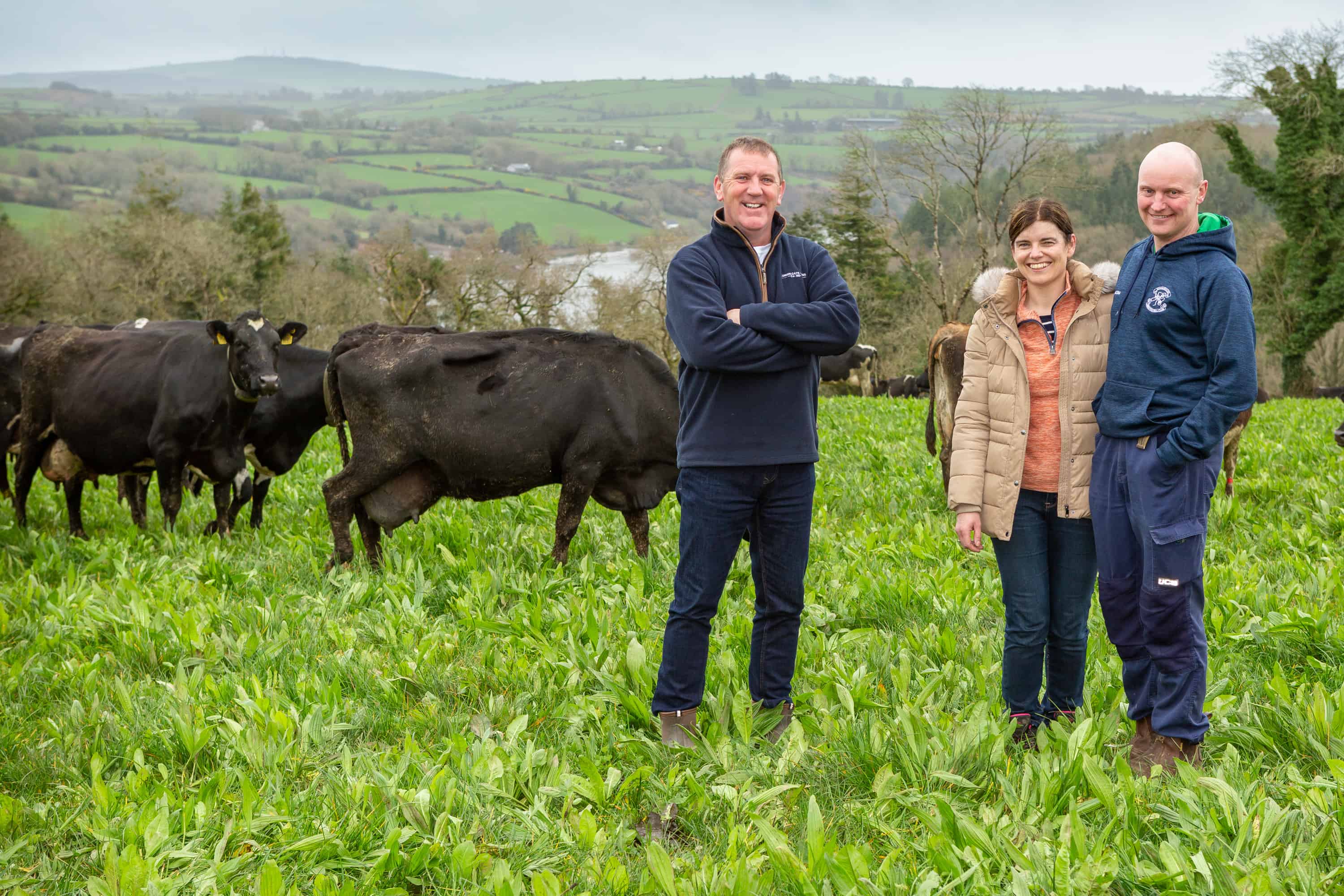18 August 2021: It probably seems a silly question – many people won’t have given a thought to whether cows actually have names or not. New research by the National Dairy Council aims to get people thinking again about how Irish dairy is produced, about the 18,000 Irish family farms and about the 60% of the country that is grassland.
First, everyone should know that there’s one Irish cow for every three Irish people – but do we know their names?1 . Six out of 10 people surveyed chose Daisy as the best cow’s name, way ahead of the runners-up, which were Ermintrude and Gemma. Katie and Margaret get a look in, with three in 10 people considering them good names, while very few people (fewer than two in 10) thought either Priti, Theresa or Melania were good names for cows. Molly2 is the oldest cow in Ireland and there is a cow called Mooley Cyrus.
Irish dairy products are the best in the world
One in eight Irish people believe that Irish dairy products – milk, cheese, butter – are the best in the world. There is, of course, a long-running debate whether real Irish cheddar is yellow or red. It turns out it doesn’t matter – four in 10 people believe Irish cheddar is red and just under four in 10 believe it’s yellow. This is eclipsed by the seven in 10 people who think real Irish cheddar should be mature.
In addition, a convincing 75% of people know Irish butter is yellow because Irish cows eat grass3 . We’ll ignore the one person in 10 who thinks it’s because the farmers play their cows old Coldplay hits.
Irish dairy is an institution
Eamon Sheehan, Kilkenny farmer and spokesperson for the National Dairy Council, said:
“Irish dairy is an institution with the weight of history behind it. Irish dairy is backed by 18,000 family farms, accounts for one in every 40 Irish jobs (60,000) and contributes €5.2bn to the Irish economy.
“It’s great to see that, when people are asked, they relate to what we do and have opinions on dairy and dairy farming. What we want, however, is for them to know more about what we’re doing, particularly in the area of sustainability and contributing to Ireland’s climate action goals.
“As farmers we understand our obligation to the environment and as a community we are adopting new technologies and practices to reduce our impact and make our contribution to Ireland’s shared national climate goals.
“Irish dairy production is already the most carbon efficient in Europe, having improved by 10% since 2013 – we want to be given the chance to continue that work while still producing the best dairy in the world and ensuring a future for us, our families and for cows like Molly and Daisy.”
Irish Dairy, Sustainable Ireland
Irish dairy farmers are making a lot of efforts in different areas to make their contribution to the national target of a 50% reduction by 20304 . But farming has to be sustainable economically as well as environmentally.
The answers people gave when asked what makes Irish dairy sustainable shows that they understand this principle. Dairy’s not just a range of delicious, healthy, nutritious products in the chiller cabinet (it is all of those, obviously) – it’s also central to the Irish way of life, and to the economy of Ireland Inc. The top four answers chosen were:
- Irish dairy cows are grass-fed 59%
- Irish dairy farming is at the heart of the community 44%
- Irish dairy farming supports the Irish economy locally 40%
- Irish dairy farming supports the Irish economy nationally 39%
References:
1. National Dairy Council consumer omnibus research, 1,000 Irish consumers, w/c 21 June 2021.
2. The oldest cow in Ireland – aged 24 and living in west Clare – is called Molly.
3. Irish dairy cows are grass-fed, the majority on family farms, and it’s this that makes Irish dairy lower in emissions and more sustainable than dairy from any other country. If the Irish Climate Action Bill drives dairy production out of Ireland, then it will cause an increase in carbon emissions somewhere else. It’s called ‘carbon leakage’.
4. Since 2013 Ireland’s dairy sector’s greenhouse gas emissions efficiency has improved by about 10%, while overall production increased in line with the country’s ability to feed 45 million people annually.
For futher information contact:
Cathy Currran, Communications Manager, National Dairy Council
+353 1 290 2518 | pr@ndc.ie
